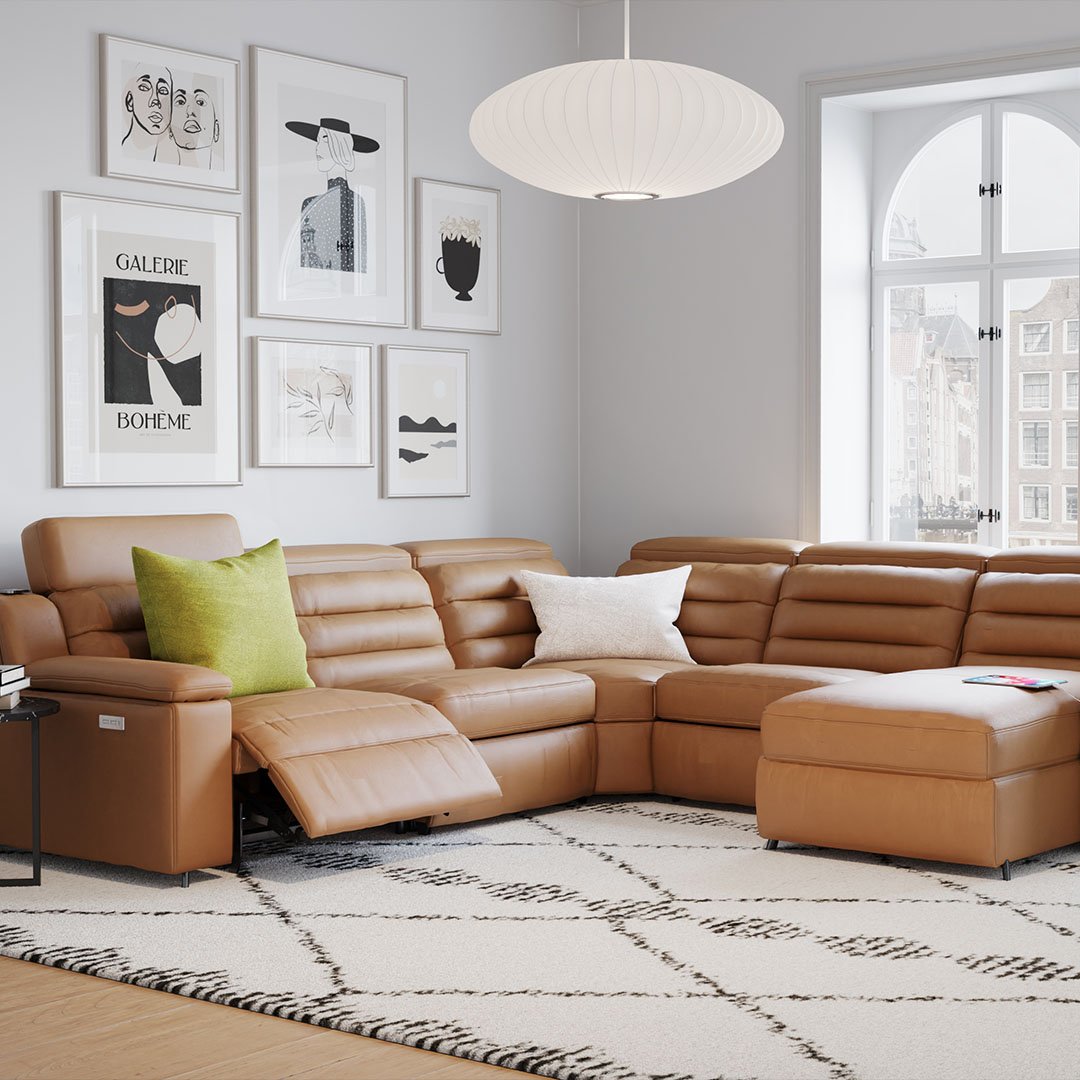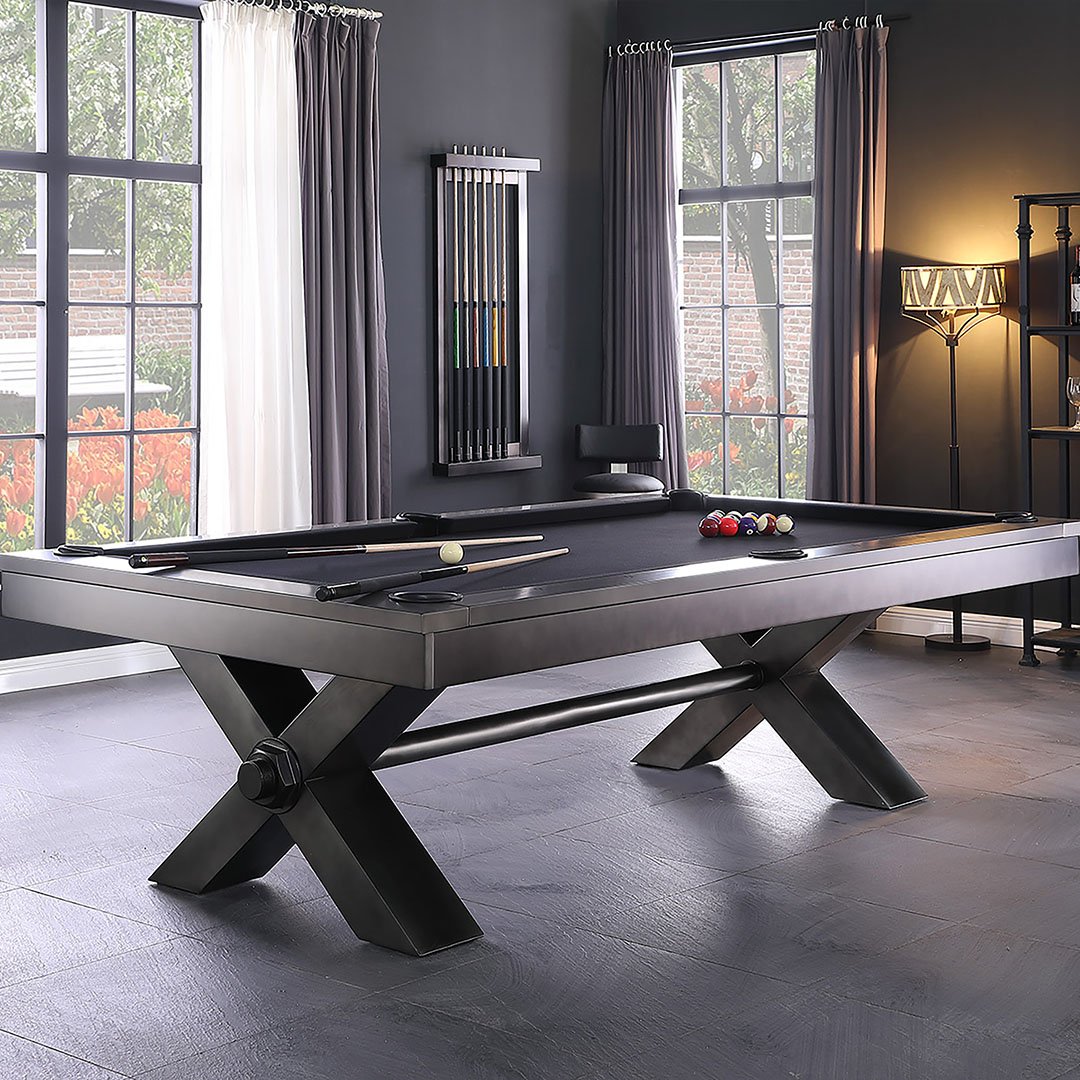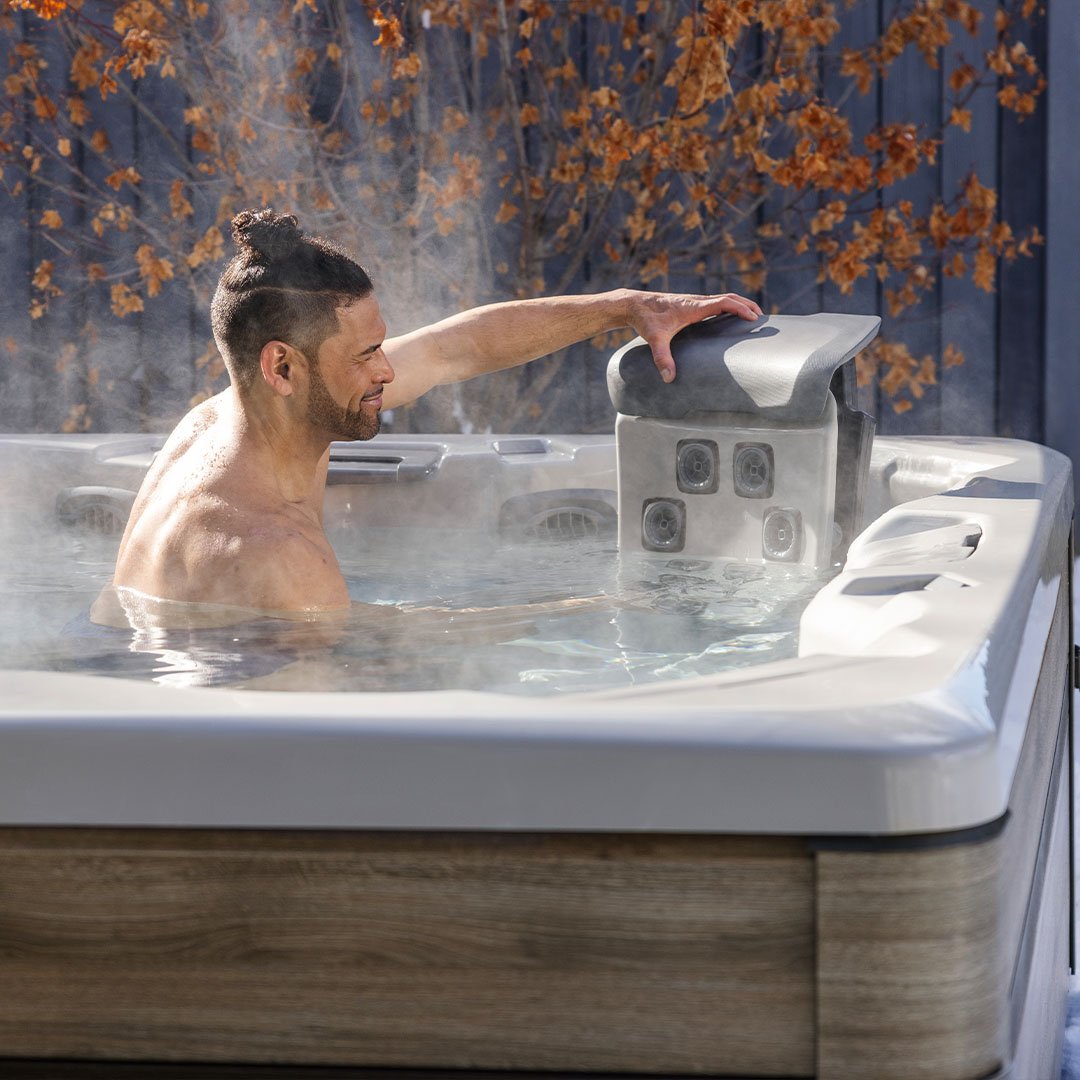How to Set Up an Above Ground Pool on Grass
Have you ever dreamt of having your very own swimming pool, but the cost and commitment of an in-ground pool were just too much? An above-ground pool could be the perfect solution for you! This guide provides a comprehensive walk-through on how to set up an above-ground pool on grass, from pre-installation considerations to post-installation tips and precautions.
What is an Above Ground Pool?
An above-ground pool is a freestanding pool that provides the same entertainment as traditional in-ground swimming pools. Instead of digging into the ground, these pools are typically supported by a sturdy frame, often made of steel, aluminum, or resin. The interior of the pool is lined with a high-quality pool liner, usually made of vinyl to prevent leaks and maintain the pool's structure.
Advantages of Above Ground Pools
Above-ground pools offer a range of benefits over their in-ground counterparts. They are generally more affordable and quicker to install. They are also portable - you can dismantle and move them if you need to. Plus, above-ground pools are a great choice if your property has a natural grass lawn, without needing to destroy it.
Factors to Consider Before Setting Up An Above Ground Pool on Grass
When planning an above-ground pool on a grass lawn, keep these tips in mind:
- Ensure the lawn area is relatively flat without dips, bumps, or slopes. Address any grading issues first.
- Pick a location away from trees with roots that could grow to displace the pool frame.
- Avoid utility lines overhead or underground that could intersect with the pool space.
- Check local regulations on fencing, setbacks from property lines, and other codes for pool placement.
- Consider proximity to the home for access, monitoring, and expense of pumping water.
- Determine sun exposure which affects heating costs and where grass may grow best afterward.
With appropriate spot selection, above-ground pools can thrive on grass with proper preparation and care.
The Ultimate Guide To Installing Above Ground Pools
Follow this step-by-step guide to ensure the best above-ground pool installation and setup:
Choose the Right Location for Your Pool
- Pick a section of lawn that is relatively flat and free of bumps, holes, or roots. Address any grading or drainage issues beforehand.
- Ensure adequate clearance around the planned pool perimeter for safe access and maintenance.
- Check for overhead electrical lines, branches, or other potential hazards.
- Confirm soil stability and compaction; consult experts if the site seems questionable.
- Follow all local codes and regulations regarding pool placement, barriers, electrical, and more.
Prepare the Ground for Your Above Ground Pool
- Outline the pool footprint and remove grass turf and plants in the area.
- Level and clear the ground inside the planned outline until smooth and flat.
- Install the recommended crushed stone gravel base following pool kit instructions. Pack firmly.
- Cover the gravel base with leveling sand, tamping down uniformly.
- Lay down the provided ground cloth, stabilizing with stakes.
Assemble Your Above Ground Pool
- Arrange pool wall components and vertical supports by following the provided diagrams and instructions precisely.
- Secure bottom rails into the ground cloth and stone base using provided stakes, ideally metal.
- Install vertical end and side supports into top and bottom rails per proper assembly steps.
- Confirm the frame shape is square by measuring diagonals to ensure they are equal.
Fill up Your Above Ground Pool with Water and Maintain
- Install the provided liner, taking care not to drag across the gravel base. Check for a smooth fit.
- Attach hoses from the pump to liner openings; secure fittings tightly.
- Fill the pool gradually and evenly. Add chemicals once 1/3 full to prevent algae.
- Run filtration system regularly following manufacturer guidelines to keep water clean.
- Test and treat chemical levels of water weekly throughout seasons to balance pH, chlorine, and alkalinity and prevent fouling.

Essential Tips and Precautions When Installing an Above Ground Pool on Grass
When considering how to set up an above-ground pool on grass, it's important to take note of the ground's suitability. Ideally, the natural grass lawn should be level and void of sharp objects that could puncture the vinyl pool liner. Just as you would with a concrete pool pad, it's advisable to first lay a pool ground cloth to protect your pool.
For added protection, consider using interlocking foam tiles or carpet padding beneath the pool. The foam pads will provide a softer pool floor and protect the pool liner from wear and tear. It's like creating your own concrete pads, but with softer material to boost comfort.
The idea is to mimic a perfectly flat surface, comparable to a concrete pad but on your natural grass. In some cases, instead of using foam or carpet padding, wooden planks or commercial pads, specifically designed for above-ground pools, may be used. For more information, read our guide on above-ground pool installation and setup.
Things to Avoid When Setting Up Your Above Ground Pool
One common mistake that many beginners make is to simply lay their pool on the grass without sufficient padding or protection. Doing so not only risks damaging your pool liner but also paves the way for an uneven pool floor. This jeopardizes not just the look but also the safety of your swimming pool.
Watch out for pool legs sinking into the ground, it's hardly a pretty sight or a safe condition. To prevent this, place pads or wooden planks under the pool legs. Be sure not to forget to install your ground cloth first before setting up your pool.
Maintaining the Area Around Your Above Ground Pool
Maintaining the area around your pool is as crucial as the pool setup itself. If your pool sits on natural grass, you can put crushed rock or artificial grass down as a barrier around the pool. This stops grass and mud from being carried into your swimming pool and avoid turning it into a mud pit.
But if your pool ground is on a concrete pad or on other balanced surfaces, regular sweeping around the pool should keep debris from entering your pool.
Ensuring Safety Around Your Above Ground Pool
Unquestionably, safety must be your top priority when setting up your above-ground pool. Use pool liners that have been tested for quality and durability to prevent leaks or tears.
Follow the manufacturer's instructions to the letter during installation. And while installing, make certain that the ground pool is not near power lines or trees as they could increase the risk of accidents.

How to Start Up an Above Ground Pool for the First Time
Starting up your newly installed pool for the first time can be both exciting and daunting. But here's the good news; you don't have to be a professional to get it right. Even as a rookie, you can garner enormous benefits from understanding the fundamental steps.
First, make sure the pool floor is clean and the liner is secure. Once you're happy with your pool setup, begin filling it up with water. Remember, adding a flooring underlayment before setup, made out of foam tiles or even dormant grass, can help line and level your pool.
As the pool fills up, backwash your filter until the water becomes clear. This is to ensure that any debris or residue from the installation process is flushed out. When the pool is full, adjust the pH level of the water according to your pool instructions, typically a pH between 7.2 and 7.6 is ideal.
Following this, keep an eye on the water and your pool equipment. Regular maintenance is key to long-lasting ground pools, whether they're set up on a concrete pad, interlocking foam, or a lush natural grass lawn.
Find the Best Deals on Above Ground Pools at Watson's
If you’re interested in finding new above-ground pools, Watson’s has everything you need.
When you shop with us, you’ll find the best deals on above-ground pools, personalized service, and a wide selection of makes and models to choose from We have a wide variety of above-ground pools from the leading brands along with tons of accessories to make your pool space complete. Shop online or stop by your nearest Watson’s location today.

FAQs
How thick should the gravel base be under an above-ground pool?
Most manufacturers recommend a 4-6 inch deep layer of crushed stone gravel as the ideal base depth to evenly support above-ground pools installed on grass.
Can I install an above-ground pool on uneven ground?
It is not recommended. The ground underneath an above-ground pool should be made as flat, level, and consistent as possible. Lawn bumps, dips, or slopes can lead to liner punctures and pool frame shifting over time.
How often should I treat the pool water chemicals and run the filter?
At a minimum, check and adjust chemical levels 2-3 times per week. Run your pump and filter system for 8-12 hours daily to maintain clean, clear water. Follow manufacturer guidelines for your particular pool and environmental conditions.










